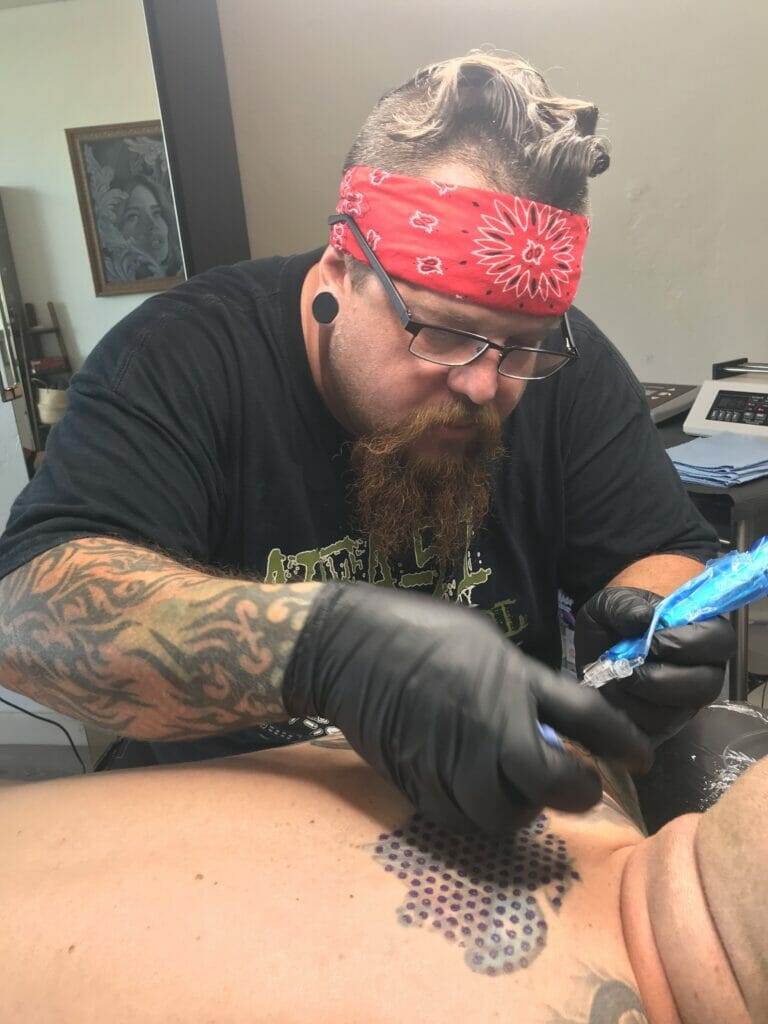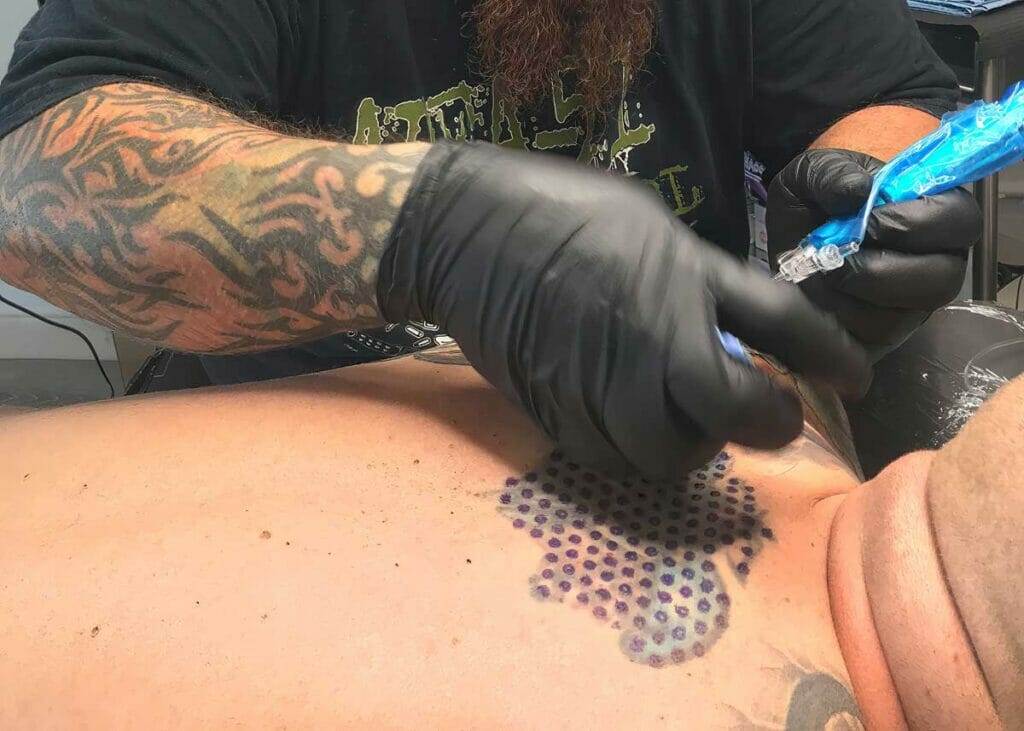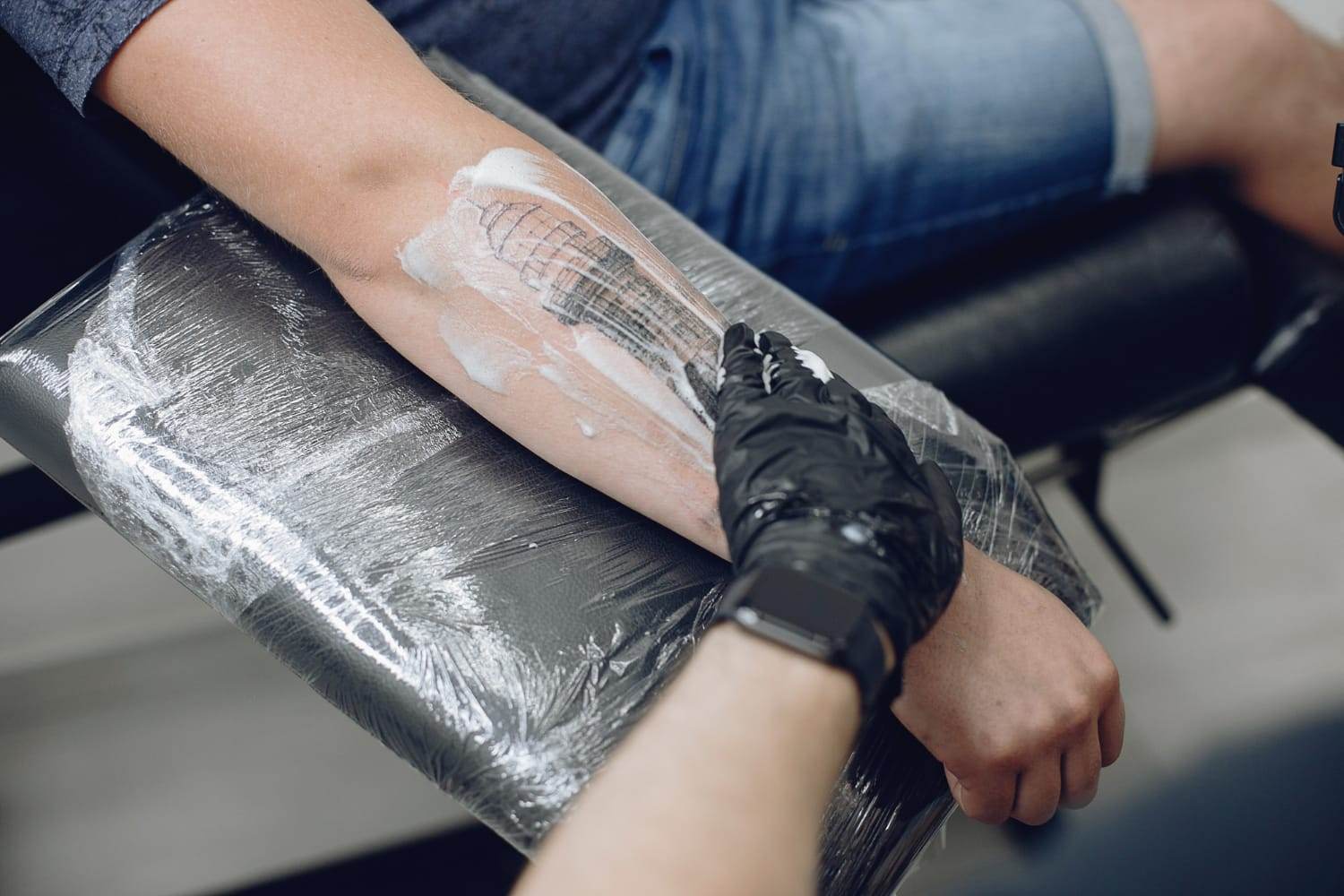Traditional laser tattoo removal has been the go-to method for removing unwanted tattoos for many years. This process involves using high-intensity laser beams to break down the ink particles in the skin, allowing the body’s immune system to gradually eliminate them. While laser tattoo removal can be effective, it also comes with its fair share of risks and side effects. As a result, many individuals are now turning to non laser tattoo removal as a safer alternative.
Understanding the Risks of Laser Tattoo Removal
Laser tattoo removal can be a risky procedure, especially if not performed by a qualified and experienced practitioner. Some potential risks and side effects include skin discoloration, scarring, infection, and allergic reactions. The laser beams used in the process can also cause pain and discomfort during and after the treatment. Additionally, certain colors of ink may be more difficult to remove with lasers, leading to incomplete removal or the need for multiple sessions.
Non laser tattoo removal, on the other hand, offers a safer option with fewer risks and side effects. By using alternative methods such as chemical peels or dermabrasion, non laser tattoo removal can effectively fade or remove tattoos without the use of lasers. These methods work by exfoliating the top layers of skin and promoting cell turnover, gradually eliminating the ink particles from the body.
How Non Laser Tattoo Removal Works
Non laser tattoo removal works by targeting the layers of skin that contain the tattoo ink and promoting their natural shedding process. Chemical peels involve applying a solution to the skin that causes it to peel off, taking the ink particles with it. Dermabrasion uses a rotating brush or diamond-tipped device to remove the top layers of skin, revealing fresh skin underneath.
Other methods of non laser tattoo removal include salabrasion, which involves scrubbing the skin with a salt solution, and cryosurgery, which freezes the skin to remove the tattoo. These methods may be used alone or in combination, depending on the size, color, and location of the tattoo.
The Benefits of Non Laser Tattoo Removal
Non laser tattoo removal offers several benefits over traditional laser removal. One of the main advantages is that it is generally less painful than laser treatment. While laser removal can cause discomfort and even pain during and after the procedure, non laser methods are typically less invasive and more comfortable for the patient.
Another benefit of non laser tattoo removal is that it can result in less scarring. Laser treatment can sometimes cause scarring or changes in skin texture, especially if not performed correctly. Non laser methods, on the other hand, are less likely to cause scarring or other permanent damage to the skin.
Non laser tattoo removal also tends to be more cost-effective than laser removal. Laser treatments often require multiple sessions, which can add up in terms of both time and money. Non laser methods may require fewer sessions, making them a more affordable option for individuals looking to remove their tattoos.
Natural Ingredients Used in Non Laser Tattoo Removal
Many non laser tattoo removal methods use natural ingredients to help fade or remove tattoos. These ingredients work by breaking down the ink particles and promoting their elimination from the body. Some common natural ingredients used in non laser tattoo removal include:
– Salicylic acid: This beta hydroxy acid is commonly found in chemical peels and helps exfoliate the skin, promoting cell turnover and fading tattoos.
– TCA (trichloroacetic acid): TCA is another common ingredient in chemical peels and works by removing the top layers of skin to reveal fresh skin underneath.
– Glycolic acid: This alpha hydroxy acid is often used in chemical peels and helps exfoliate the skin, promoting the fading of tattoos.
– Lemon juice: The acidic properties of lemon juice can help break down tattoo ink and fade tattoos over time.
– Aloe vera: This natural ingredient has soothing and healing properties, making it a popular choice for aftercare following non laser tattoo removal treatments.
The Importance of Choosing a Qualified Practitioner
When considering non laser tattoo removal, it is crucial to choose a qualified and experienced practitioner. Non laser methods may be less invasive than laser treatment, but they still require skill and expertise to perform safely and effectively. Choosing an unqualified practitioner can increase the risk of complications, such as infection, scarring, or incomplete removal of the tattoo.
It is important to research and select a practitioner who has the necessary training and experience in non laser tattoo removal. Look for certifications or qualifications in the specific methods being used, as well as positive reviews or testimonials from previous clients. A qualified practitioner will be able to assess your individual situation and provide personalized recommendations for the best course of treatment.

The Process of Non Laser Tattoo Removal
The process of non laser tattoo removal typically involves several sessions spaced out over a period of time. During each session, the practitioner will apply the chosen method (such as a chemical peel or dermabrasion) to the tattooed area. This process may cause some discomfort or mild pain, but it is generally less intense than laser treatment.
After each session, the treated area will need time to heal before the next session can be scheduled. This healing period can vary depending on the individual and the specific method used. It is important to follow the aftercare instructions provided by the practitioner to promote proper healing and minimize the risk of complications.
How Many Sessions are Required for Removal?
The number of sessions required for non laser tattoo removal can vary depending on several factors, including the size, color, and location of the tattoo, as well as individual factors such as skin type and how well the body responds to treatment. In general, multiple sessions are needed to achieve significant fading or complete removal of a tattoo.
On average, most individuals will require between 5 and 10 sessions for non laser tattoo removal. However, some tattoos may require more sessions, while others may require fewer. The practitioner will be able to provide a more accurate estimate based on the specific tattoo and individual factors.
Aftercare for Non Laser Tattoo Removal
Aftercare is an essential part of the non laser tattoo removal process. Following the practitioner’s instructions for aftercare can help promote proper healing and minimize the risk of complications. Some general aftercare tips for non laser tattoo removal include:
– Keeping the treated area clean and dry
– Avoiding exposure to direct sunlight or tanning beds
– Applying any recommended ointments or creams to promote healing
– Avoiding picking or scratching at the treated area
– Avoiding strenuous exercise or activities that may cause excessive sweating
It is important to follow these aftercare instructions closely and contact the practitioner if any concerns or complications arise during the healing process.
Cost Comparison: Non Laser vs. Laser Tattoo Removal
When it comes to cost, non laser tattoo removal tends to be more affordable than traditional laser removal. Laser treatments often require multiple sessions, which can add up in terms of both time and money. Non laser methods may require fewer sessions, making them a more cost-effective option for individuals looking to remove their tattoos.
The exact cost of non laser tattoo removal can vary depending on several factors, including the size and complexity of the tattoo, the specific method used, and the location of the practitioner. It is important to consult with a qualified practitioner to get an accurate estimate of the cost based on your individual situation.

Conclusion:
Non laser tattoo removal offers a safer and potentially more cost-effective alternative to traditional laser removal. By using methods such as chemical peels or dermabrasion, non laser tattoo removal can effectively fade or remove tattoos without the use of lasers. This process has several benefits, including less pain and scarring compared to laser treatment.
When considering non laser tattoo removal, it is important to choose a qualified practitioner who has the necessary training and experience. The number of sessions required for non laser tattoo removal can vary depending on several factors, and proper aftercare is essential for promoting healing and minimizing complications.
Overall, non laser tattoo removal provides a viable option for individuals looking to remove unwanted tattoos. By exploring this alternative, individuals can make an informed decision about the best method for their specific situation.








